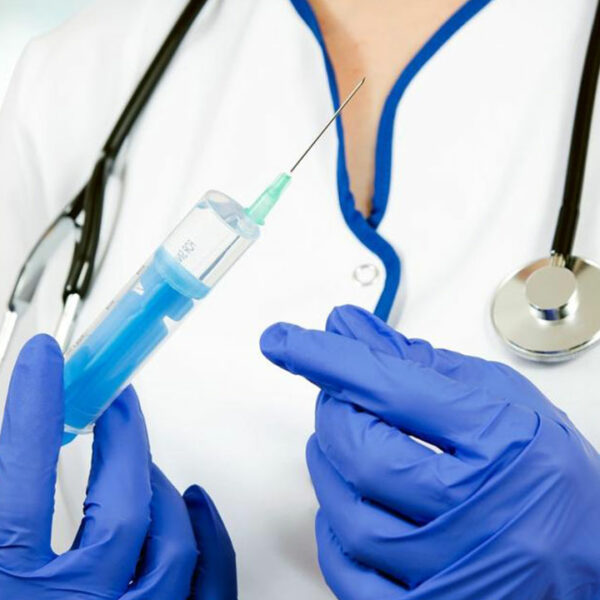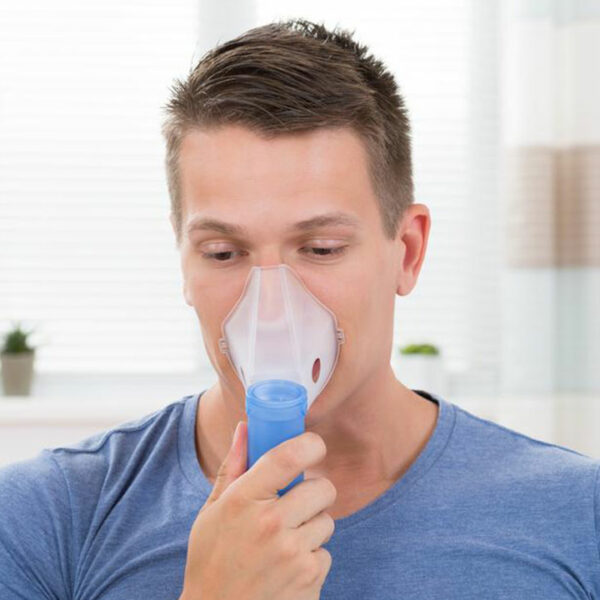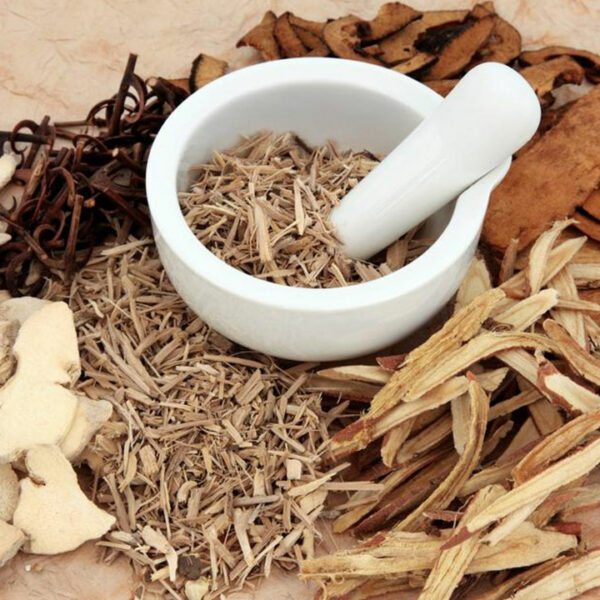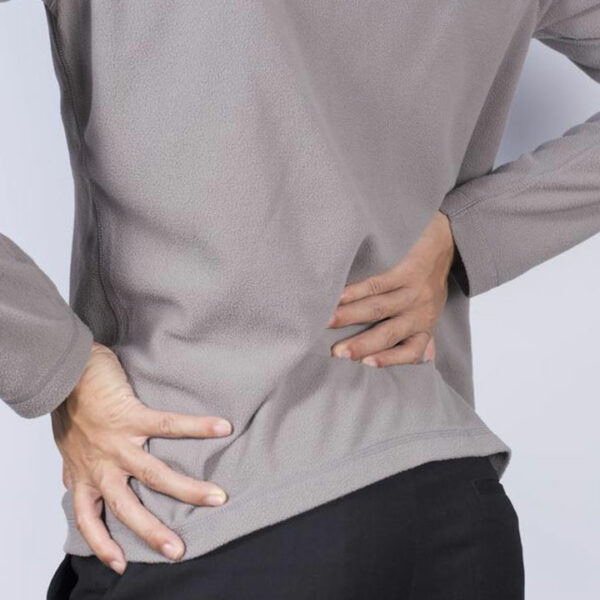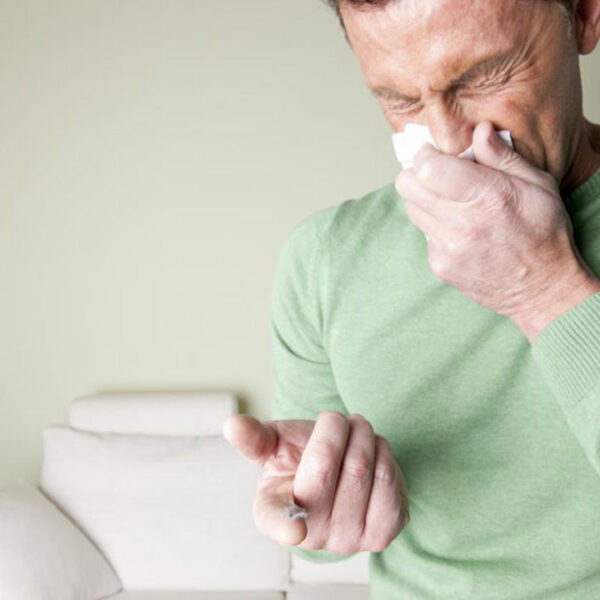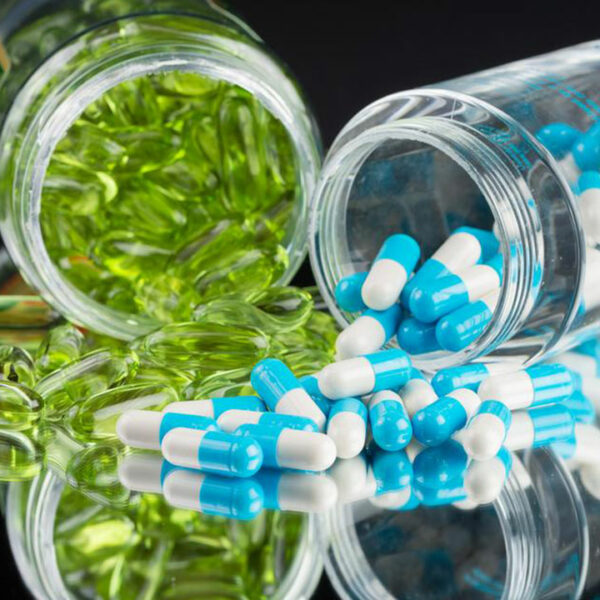
Diet tips for people suffering from IBS
The causes of irritable bowel syndrome are still not exactly known, and hence, for some people, it becomes extremely difficult to get the exact treatment. In most of the cases, the mild signs and symptoms are treated with some dietary changes including the foods that fight inflammation and some lifestyle changes. In the case of the problems being moderate to severe, medications may also be suggested. Dietary modification is the primary step towards the treatment of IBS, and the main part of the diet is to include the foods that fight inflammation. Some of the dietary modifications are as listed below. Remove gas-inducing foods First and foremost, it is recommended to remove all the foods from the diet that causes bloating. Several items like carbonated beverages, vegetables like cauliflower, cabbage, broccoli and raw fruits should be avoided. Know the foods that cause adverse reactions Check with your doctor, as to what foods are good for your health. If he says fiber, it is advisable to add fibrous fruits and veggies in the diet. It’s always best to let an expert tell you how to go about diet-related changes for IBS treatment. Add nourishing foods It is recommended to include foods that fight inflammation in a significant amount such as tomatoes, green leafy vegetables, olive oil, nuts, fatty fish and fruits such as oranges, strawberries cherries, and blueberries.

